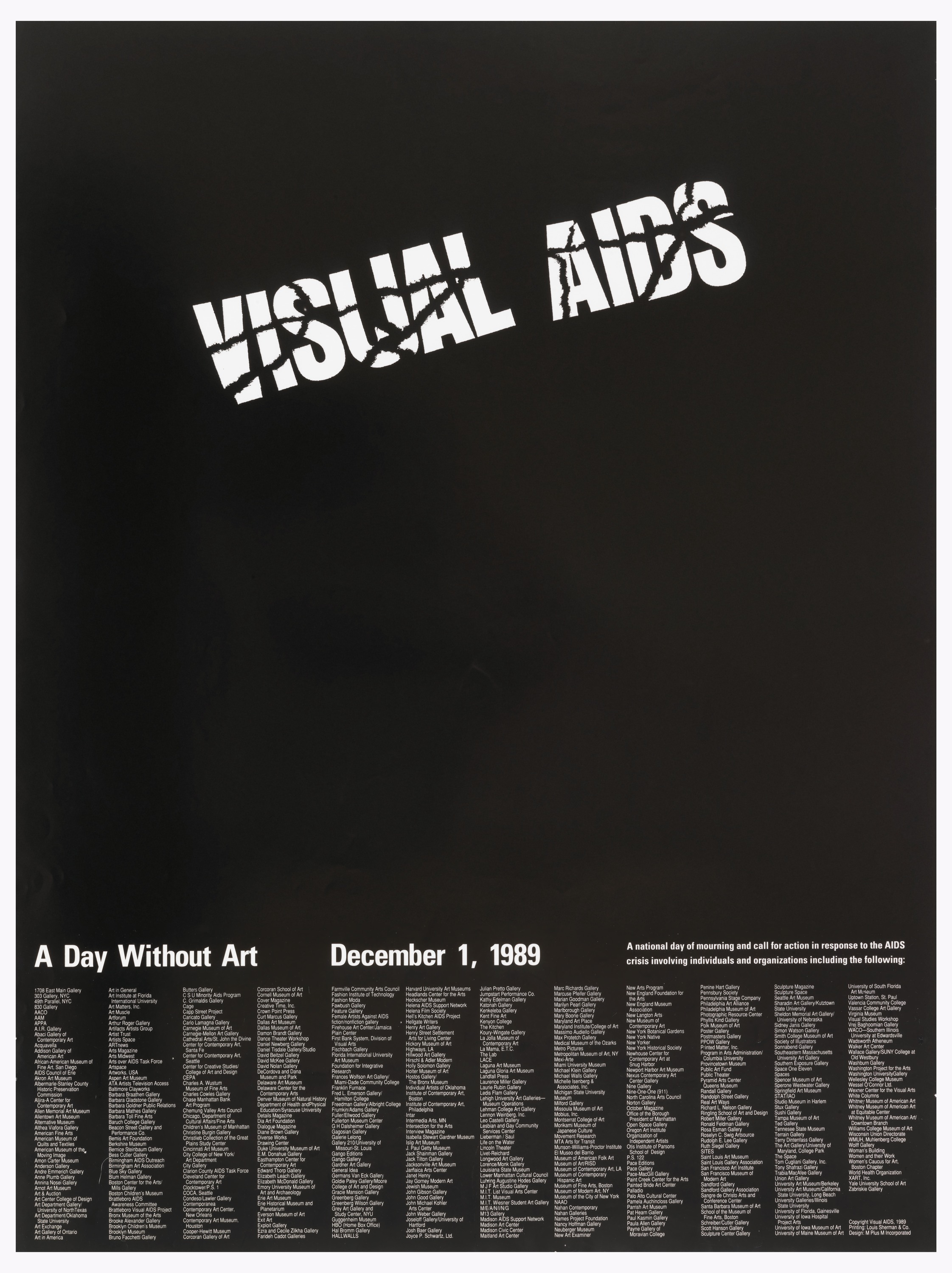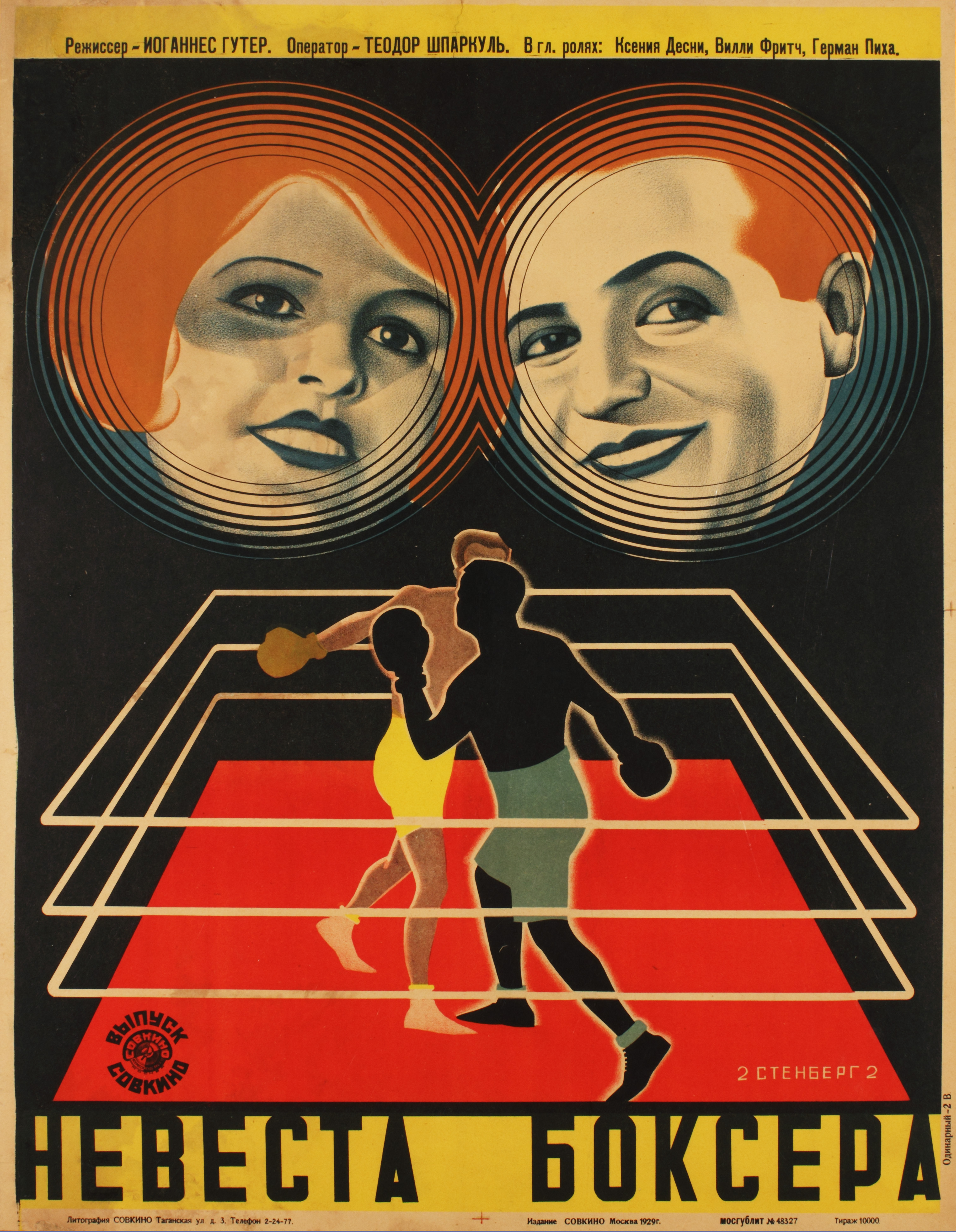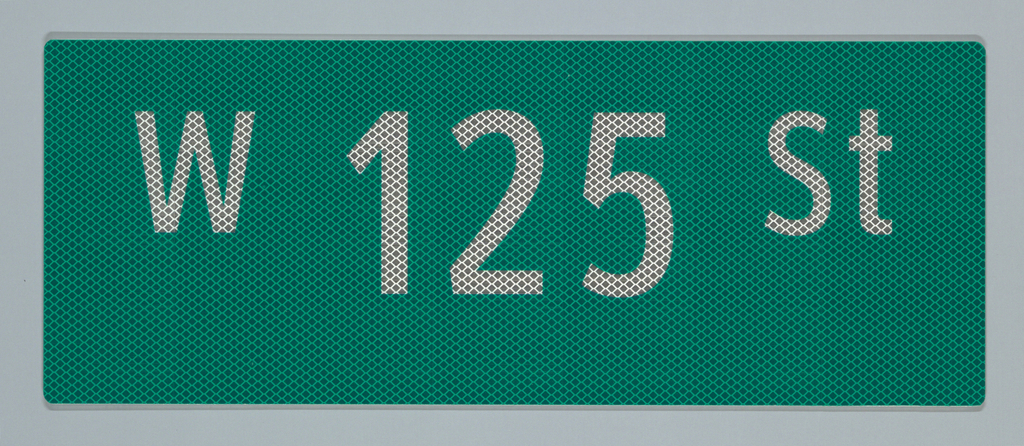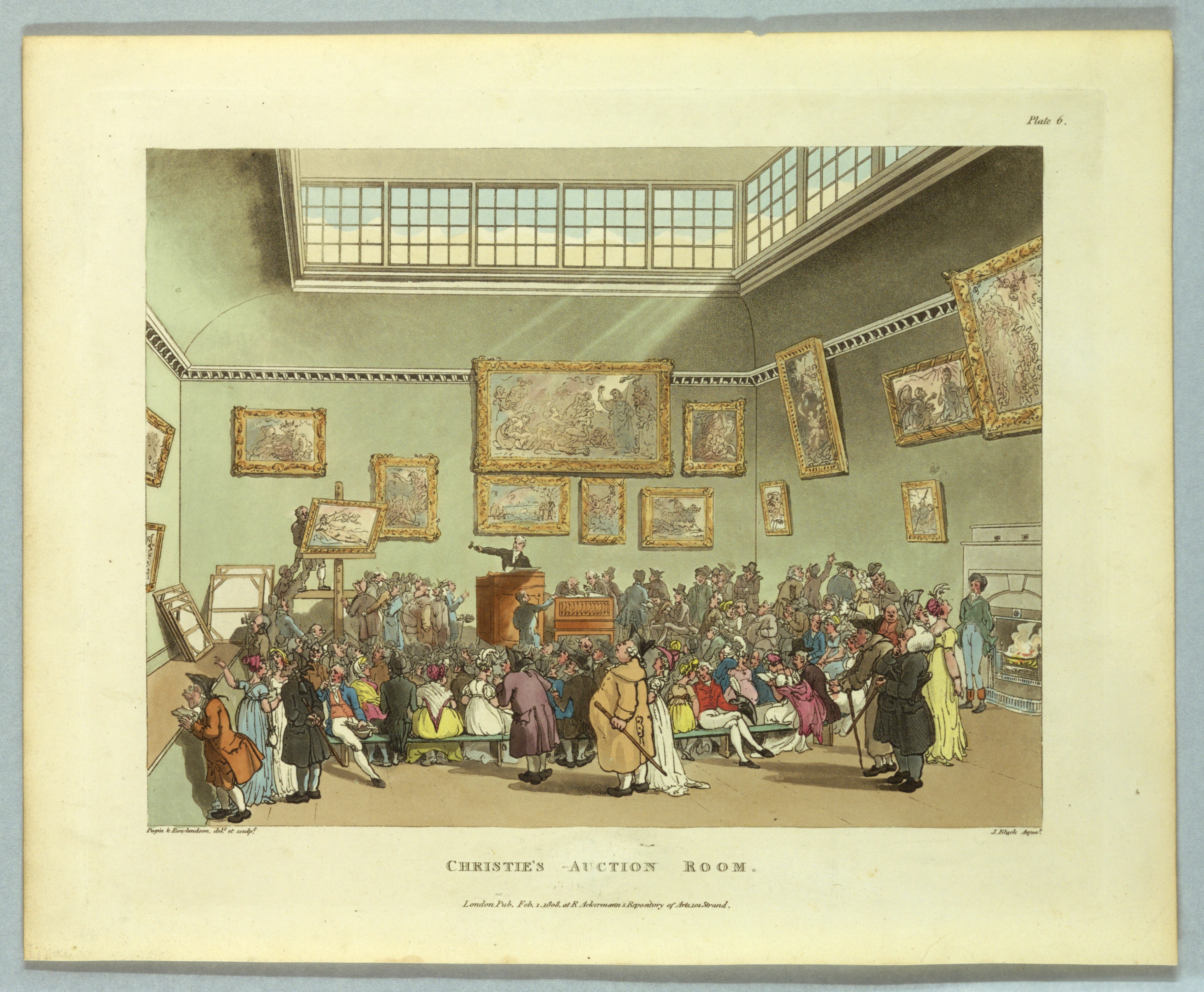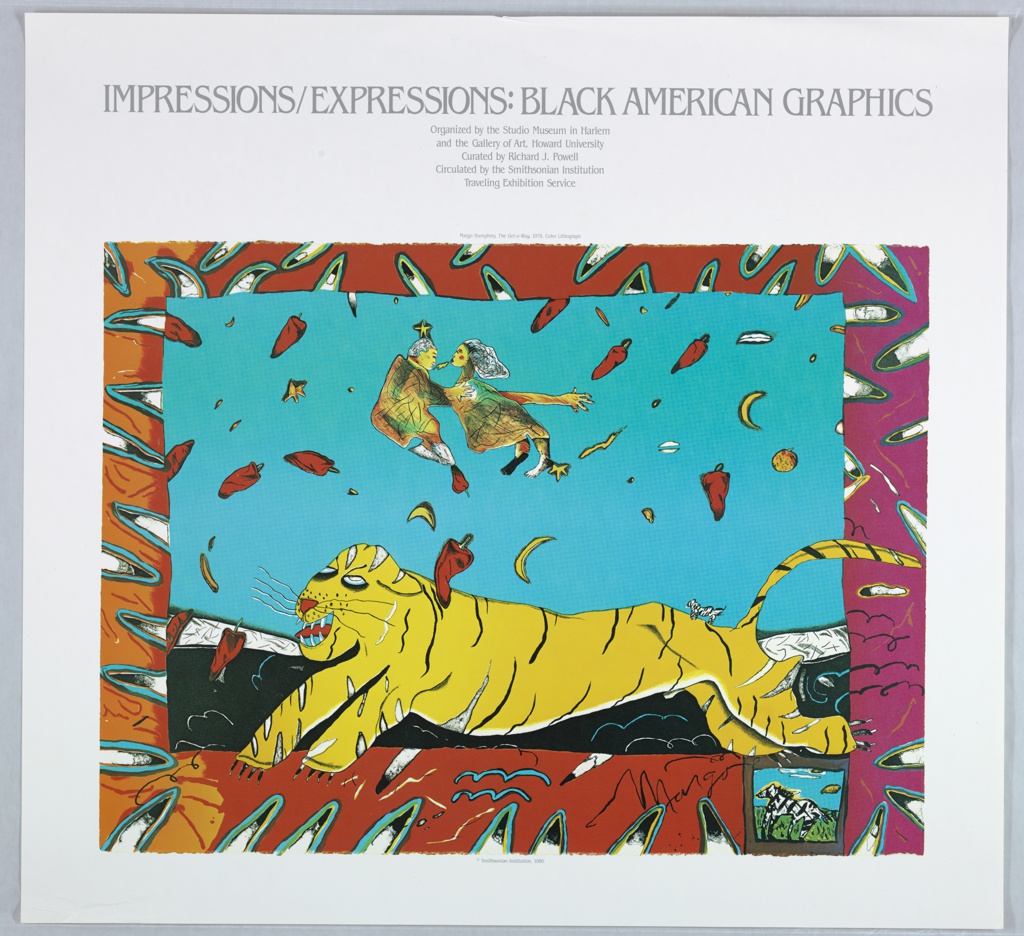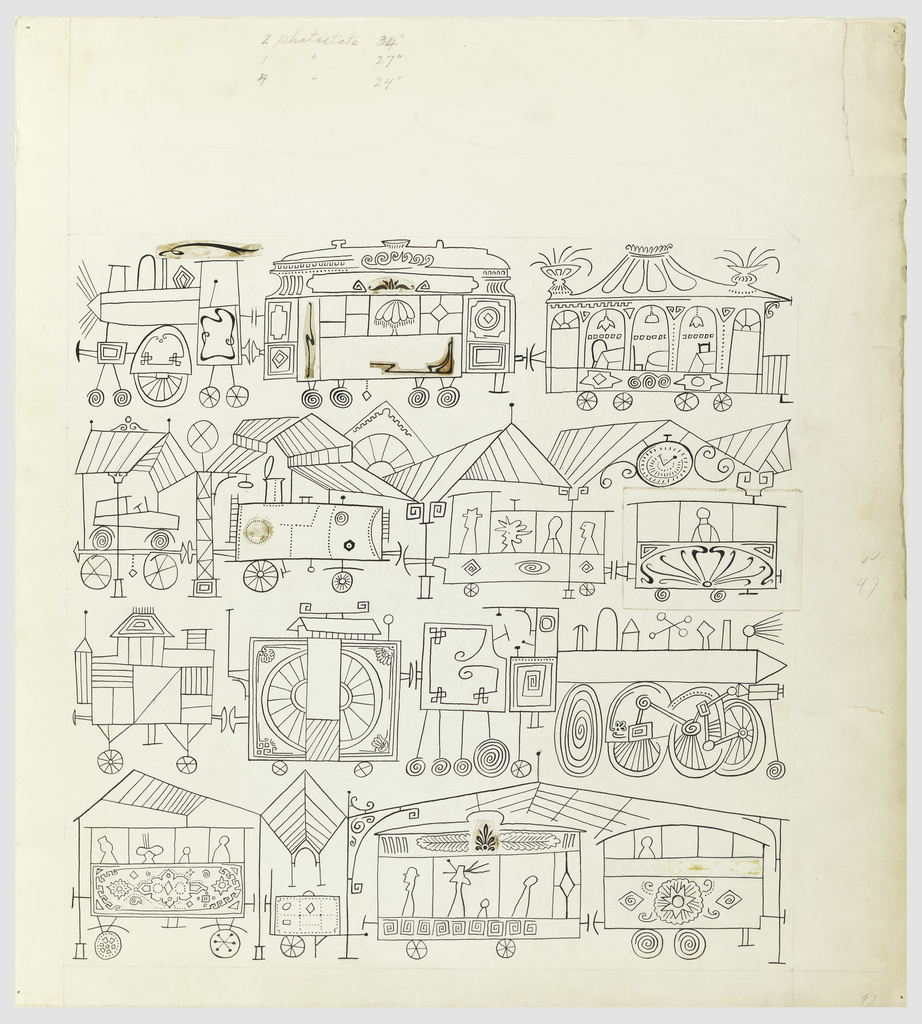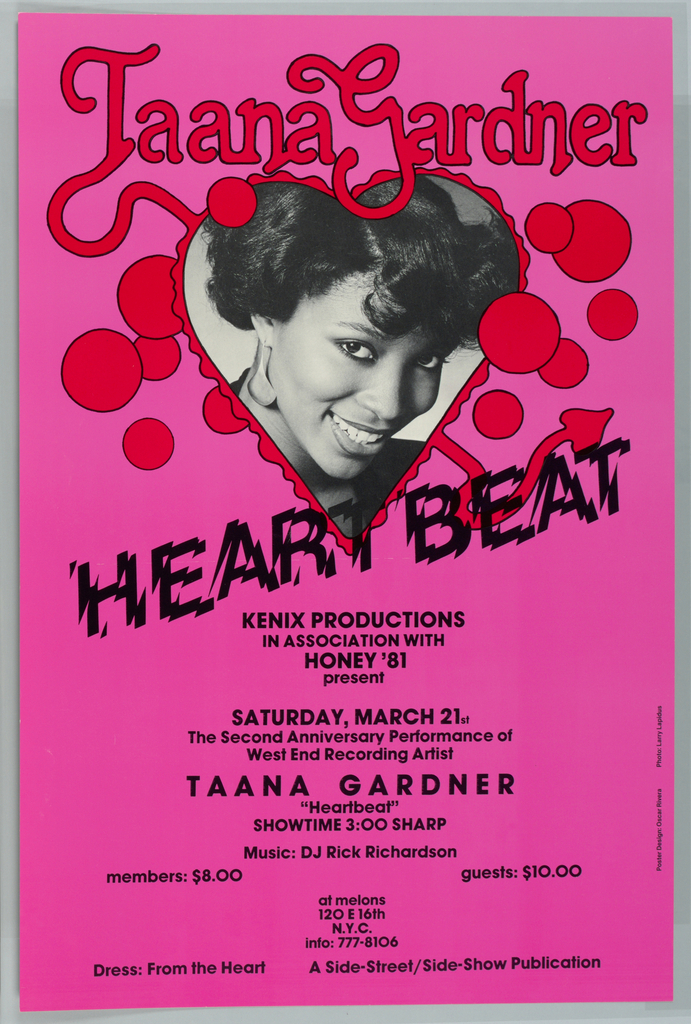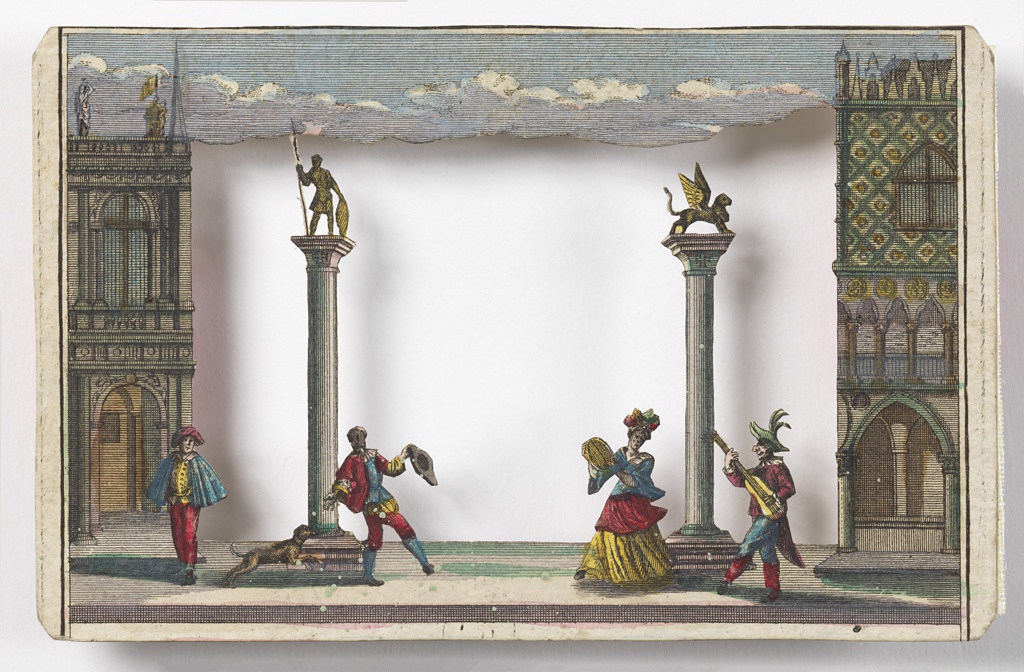World AIDS Day (December 1), was designated in 1988 as an occasion to raise awareness of AIDS and to commemorate those lost to the disease. Developed by Visual AIDS, an organization that supports artists and communities affected by HIV and AIDS, this poster announces the first Day Without Art on December 1, 1989. Day Without...
In the early years of the Soviet Union, there was a strong urge to understand all elements of life in terms relating either to the bourgeoisie or the proletariat. Many longstanding assumptions pertaining to the role of arts and leisure in society were subject to ideological debate. Constructivist artists, eager to secure a role for...
The first street signs in New York City, known as “direction boards,” were posted in 1793 and were largely used on horsecars.[1] They were intended to “rationalize the city’s built environment,” and have undergone many changes over the years. The recognizable rectangular shape of today’s signs, like this one in Cooper Hewitt’s collection, date to...
Comprised of 104 individual plates and published in three volumes between 1808 and 1810, The Microcosm of London was originally issued in twenty-six monthly parts. Published by Rudolph Ackermann (1764—1834), it supplied the luxury print market with a comprehensive volume on contemporary London. Cooper Hewitt holds a large number prints from the Microcosm, including this...
In October of 1979, an exhibition entitled Impressions/Expressions: Black American Graphics opened at the Studio Museum in Harlem. The show, associated with the second annual “Survival of the Black Artist” Fine Arts Festival, later traveled to Howard University—alma mater of the exhibition’s 26 year-old curator, Richard J. Powell.[1] The first survey of its kind, Impressions/Expressions...
Born in Romania in 1914, Saul Steinberg once described himself as “a writer who draws.”[1] Steinberg fled Europe in 1941, settling in New York City by 1942. While living in the United States, he traveled widely and observed the world around him in a highly whimsical style with an eye toward criticism and satire. Steinberg’s...
Although some may claim that disco died a messy media “death” in 1979, in the early ’80s, its “Heartbeat” could still be heard reverberating on radio airwaves and in dance clubs across the United States.[1] Fame first found Taana Gardner in 1978, when she became an overnight sensation after recording the vocals for West End...
Today’s fascination with alternate and virtual realities can sometimes feel entirely contemporary, firmly grounded in the technological innovations of the digital age. However, the desire for devices that alter our perception has a long—and dazzling—history. A “peep-show” is a visual tool that captivates viewers by creating an impression of highly illusionistic space. Utilizing a clever...
